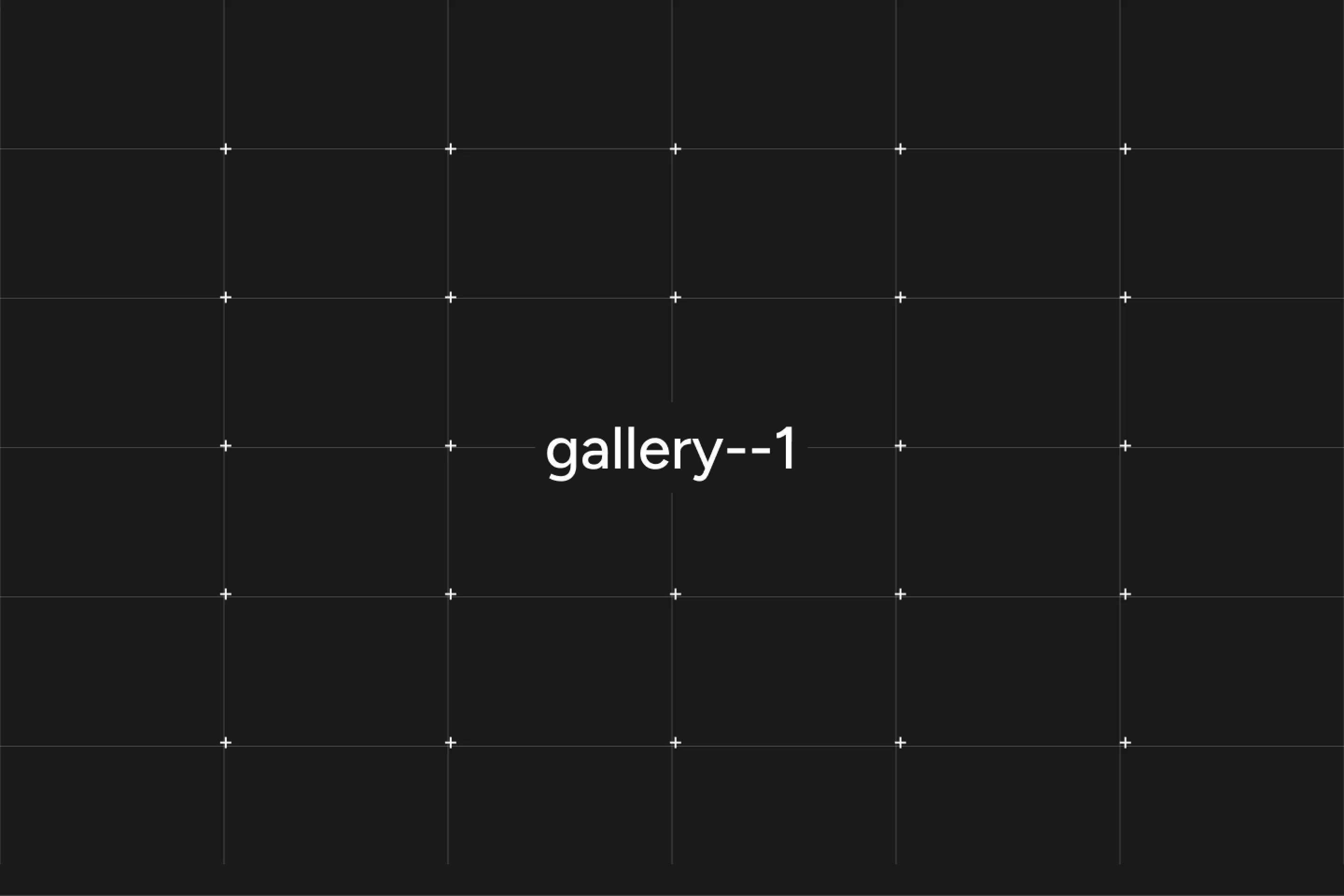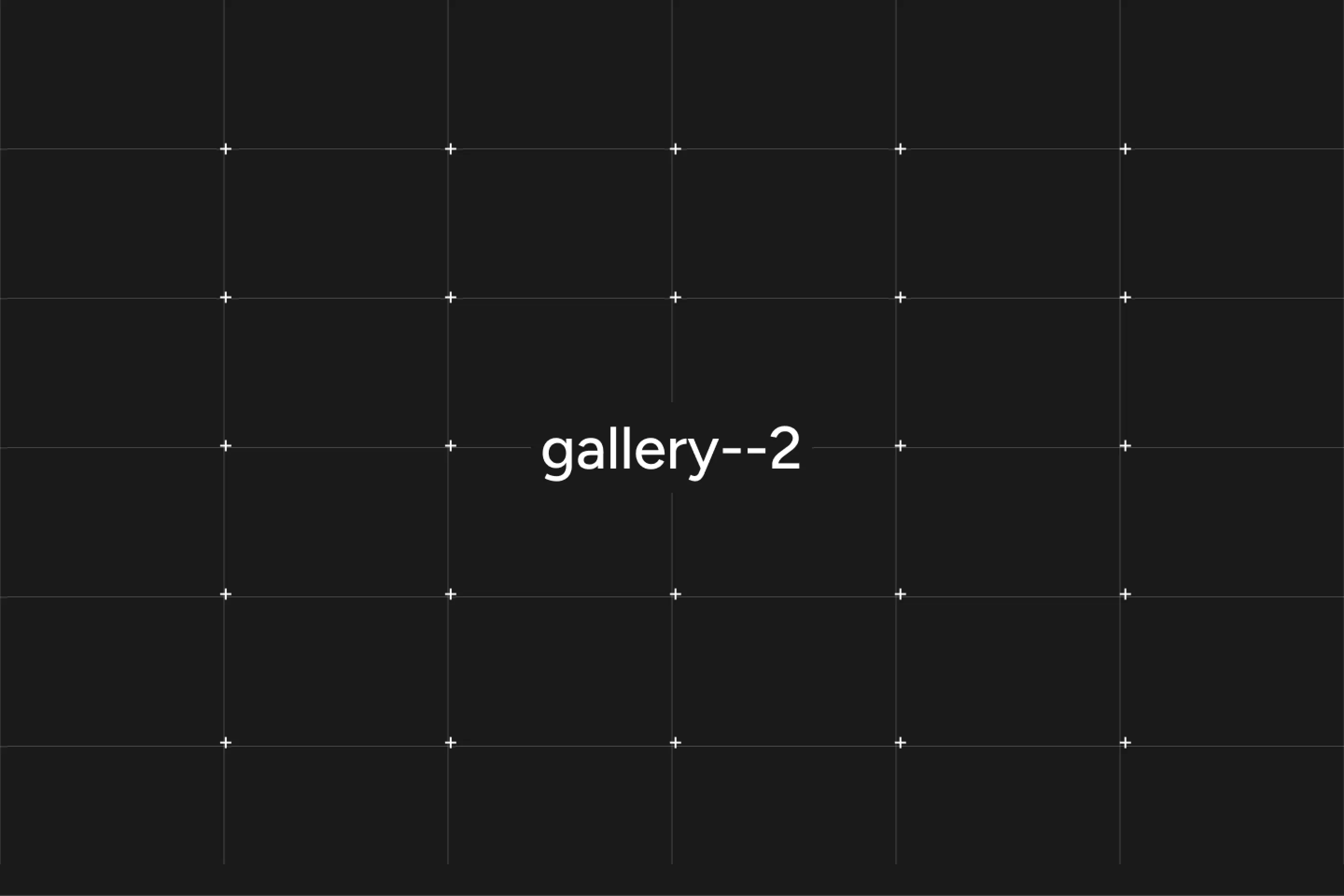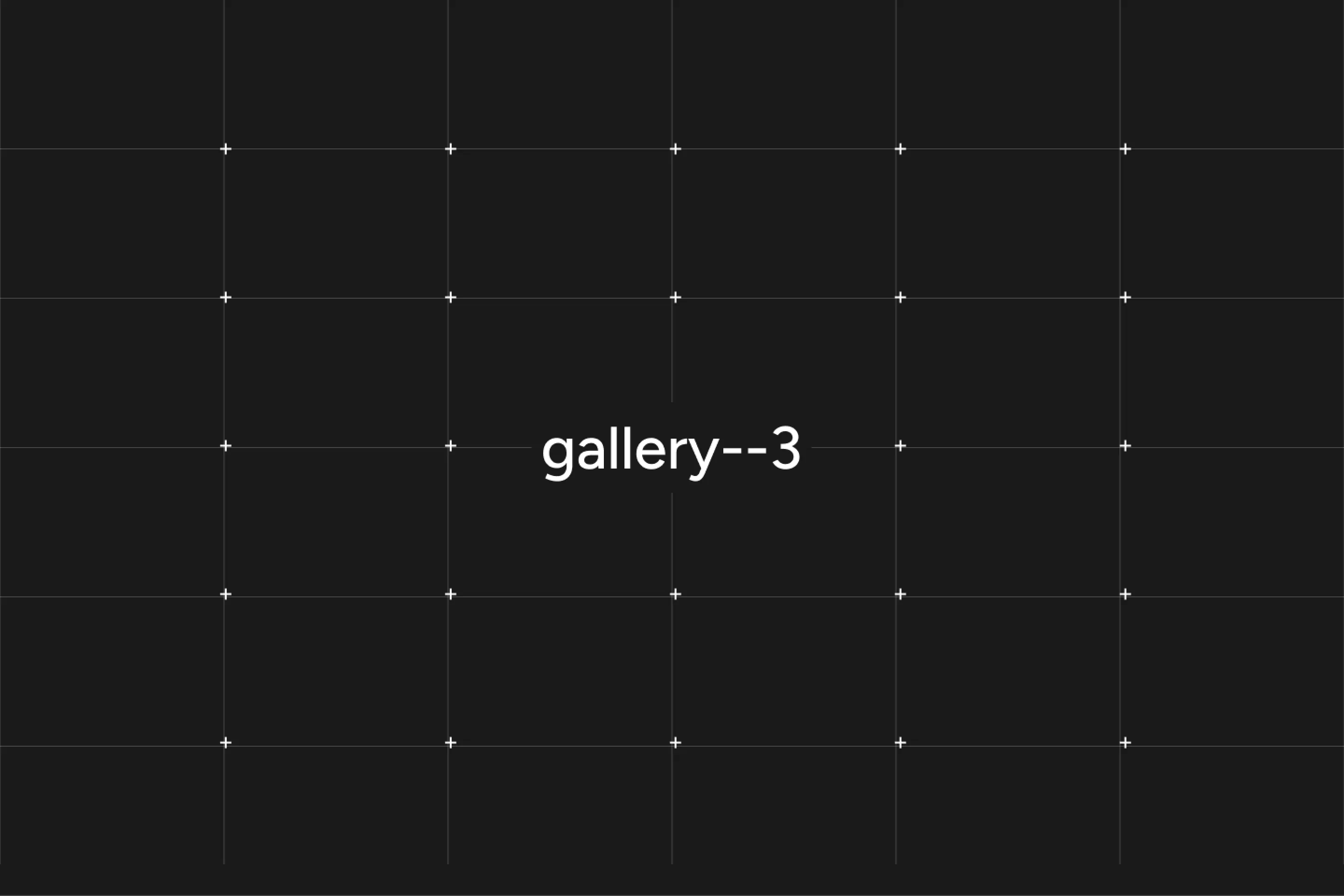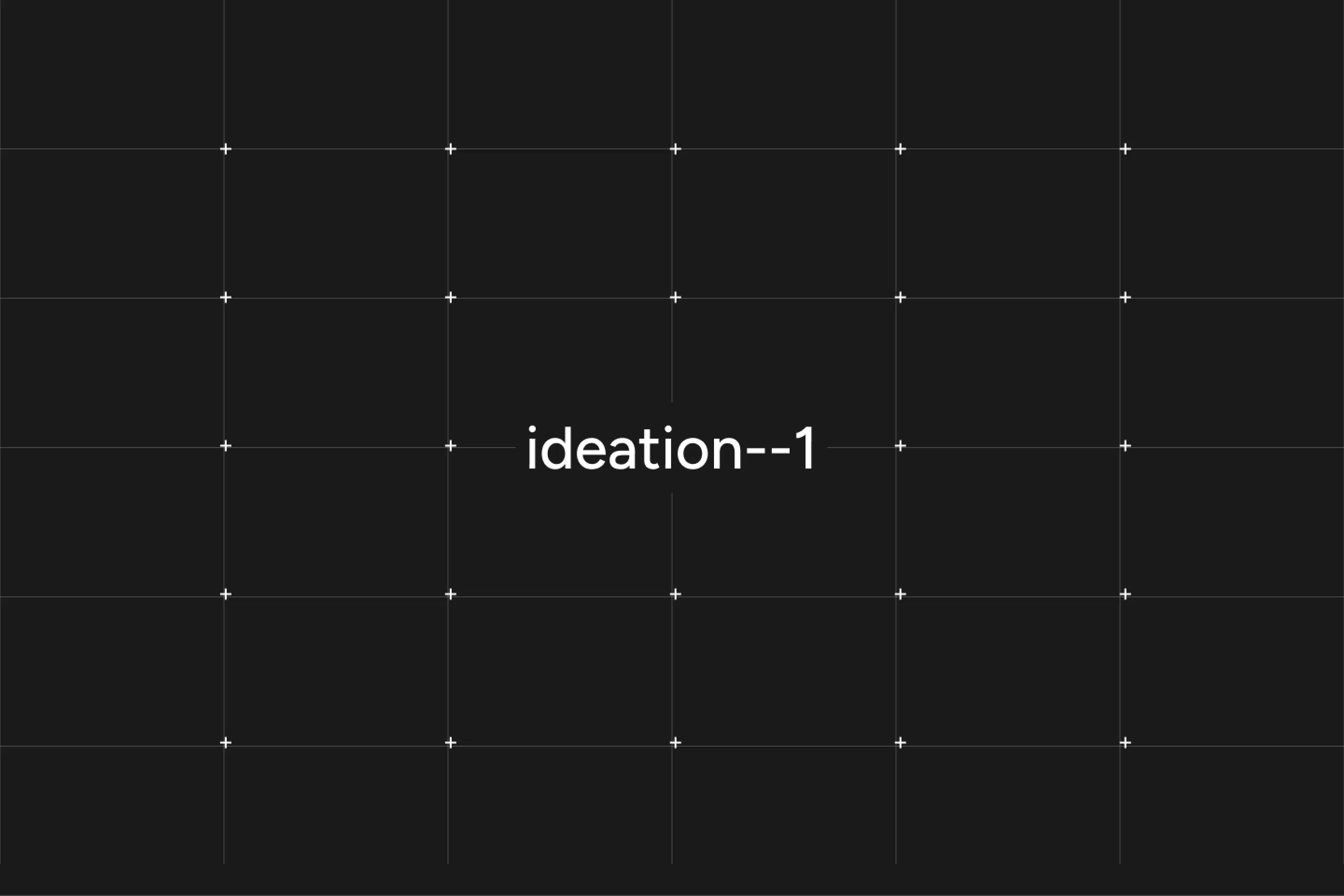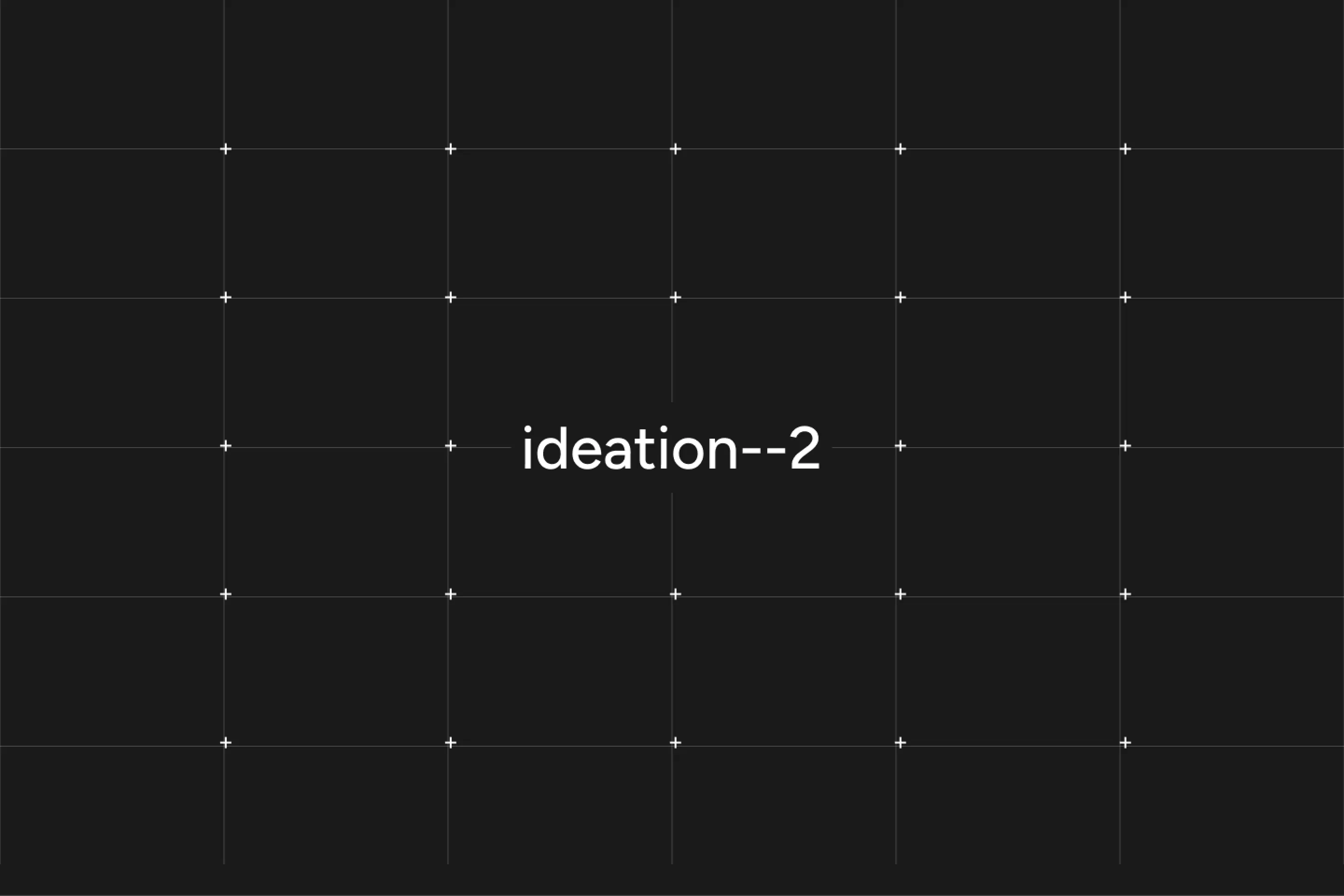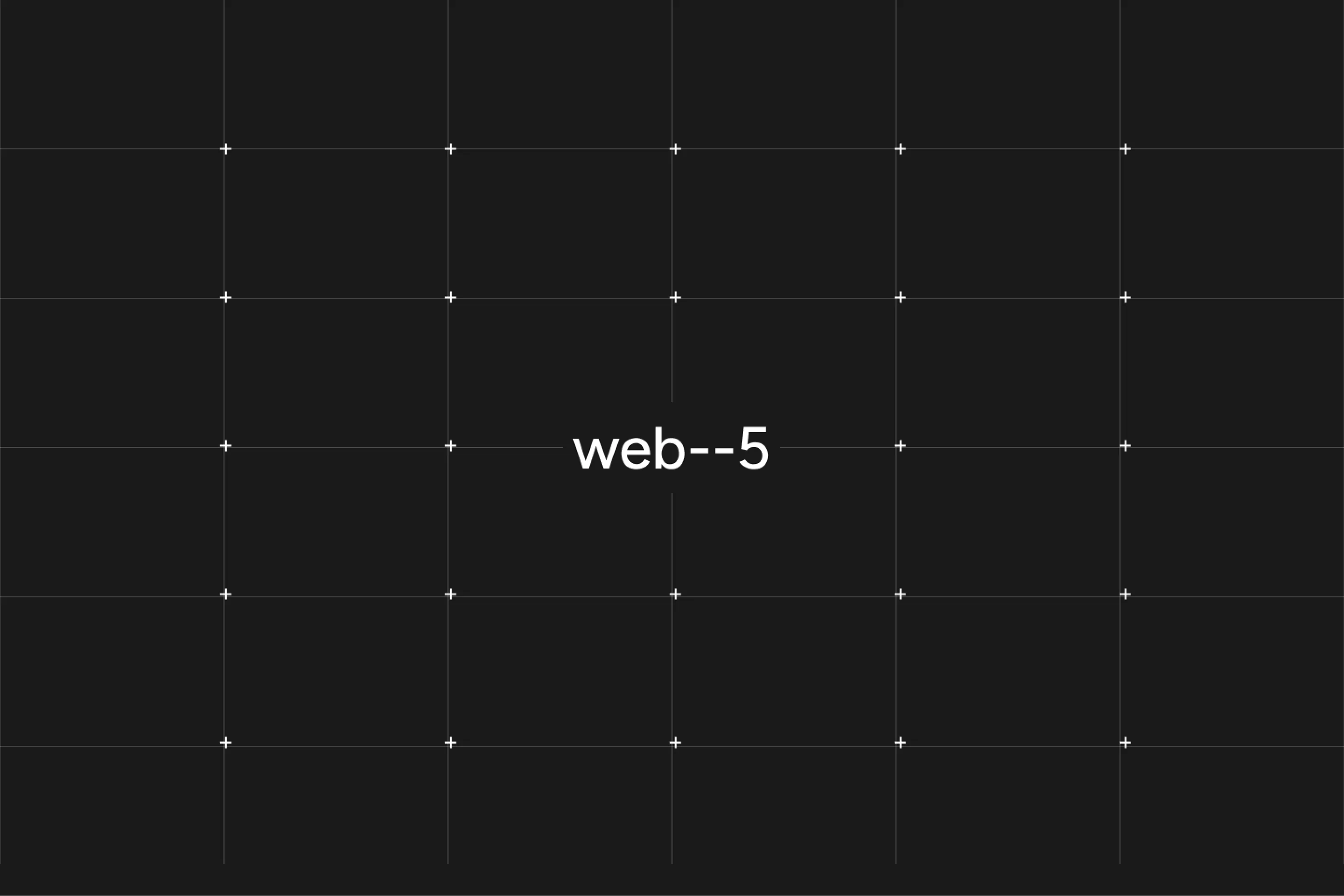
AdviceHub
How might we simplify complex capabilities across multiple experiences to create a more efficient workflow for associates to deepen and broaden client relationships?Overview
Associates struggle to efficiently access essential client information due to disjointed applications, causing time inefficiencies and hindering their ability to provide optimal client service.
ProblemApproach
As a designer working on an associate facing platform, I needed to work alongside another designer and allocate time across supporting 8 product squads, so that we can incrementally deliver and implement while defining our product strategy.
Throughout 2-weeks, another designer and I partnered with our Client Business Solutions (CSB) to recruit 15 associate participants. Five associates from our three lines of business were engaged to validate our proposed Information Architecture (IA).
We decided to moderate a usability test to learn how our proposed navigation can scale to support our evolving user groups and their needs. By validating our IA, we measured the effectiveness of our proposed sitemap before starting development, which can cost more to update if we develop without any user feedback.
Throughout 2-weeks, another designer and I partnered with our Client Business Solutions (CSB) to recruit 15 associate participants. Five associates from our three lines of business were engaged to validate our proposed Information Architecture (IA).
-
Key findings
- Overall, users responded very well to the simplified navigation, describing it as Simplified or Easy to use.
- All back-office participants strongly favored direct access to specific workflow tools/features (initiating out of client context) when they needed them.
- All participants saw value in a functional home page highlighting their next best area of focus.
- The majority of the participants thought the overall experience was simple and easy to navigate.
- Most participants would expect to see customized information related to them and their role on the home page, especially high-risk items that need their attention.
-
Recommendations
- Refines roles and responsibilities to ensure proper permissions and access across platform.
- Continue to expand data sourcing with various APIs to reduce needing to gather client information gathered in other tools.
- Conduct a deeper analysis into information architecture as more products are consolidated in AdviceHub.
- Ensure complex data tables are accessible, especially tables with interaction like forms and advanced filtering.
- Define preliminary sentiment and task completion metrics to quantify and qualify user experience.
Constraints
Tool consolidation was a driver in decommissioning mainframe digital experiences. Unfortunately, this meant migrating features and capabilities before completing information architecture studies.
Current state
Ideation
To scale our platform infrastructure, another designer and I prioritized iteration on our information architecture to pave a path for migrating remaining data and complex workflows.
Features
As a product team, we updated to our latest design system to leverage CSS grid capabilities to define and align page layouts across our experience.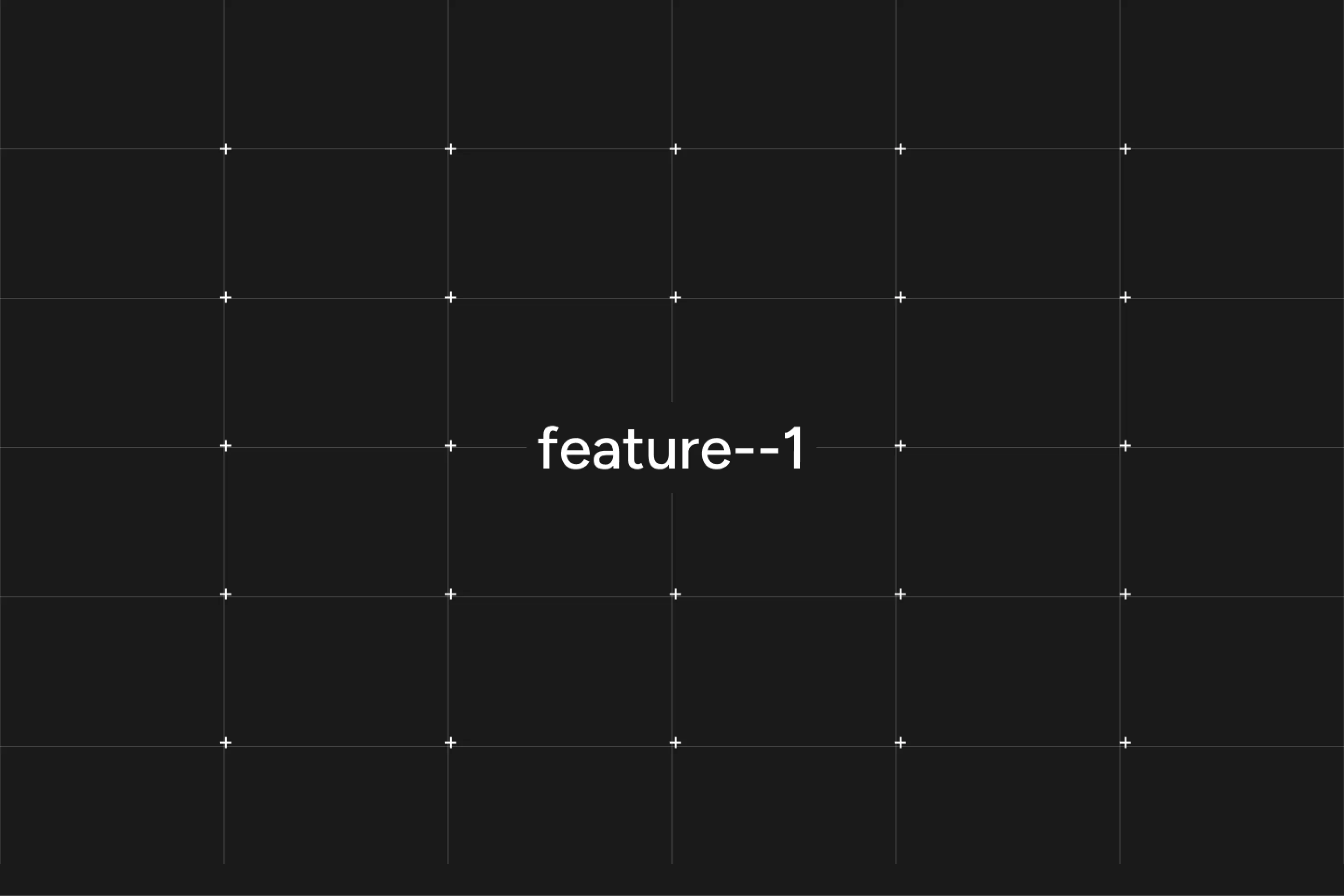
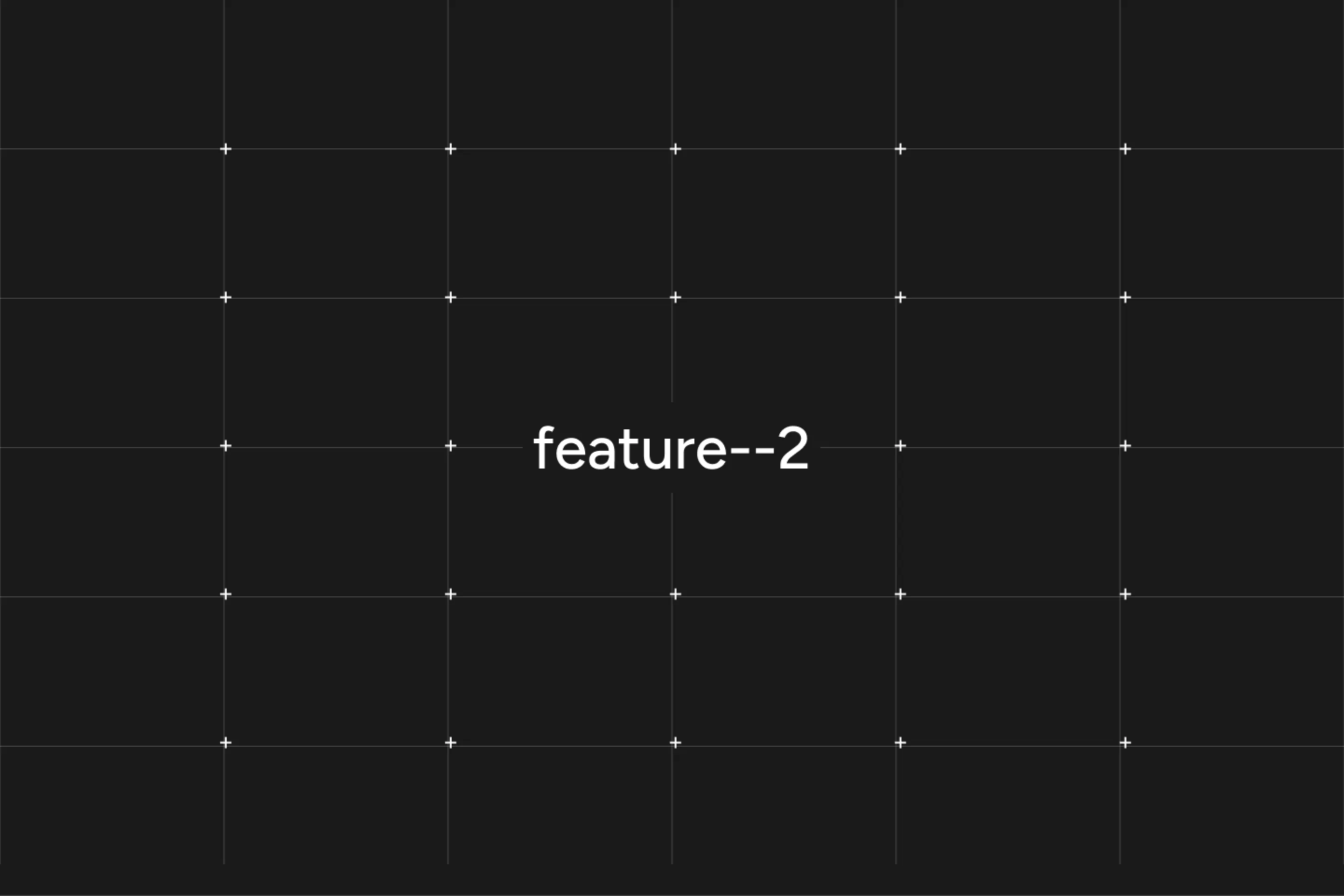
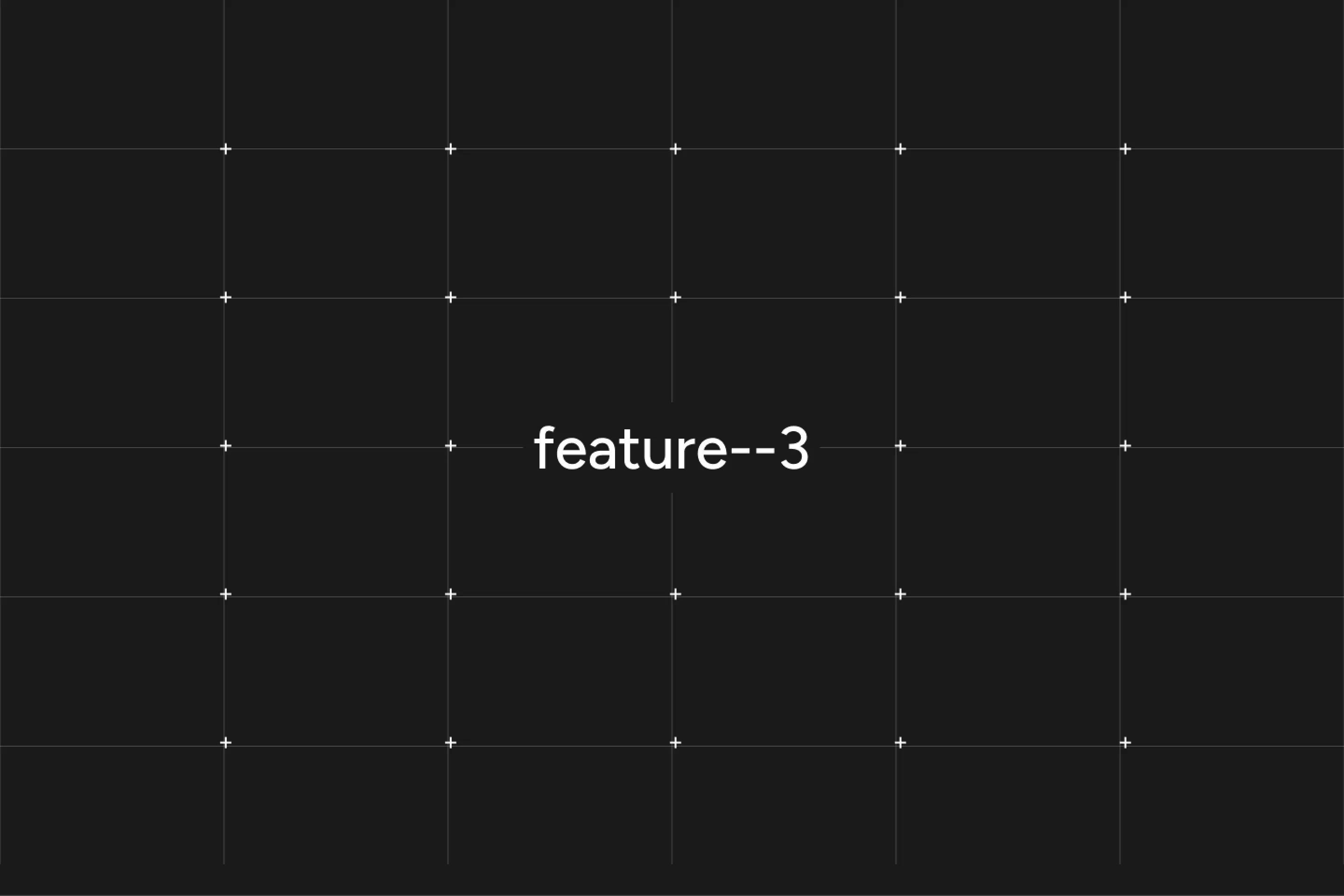
Key screens
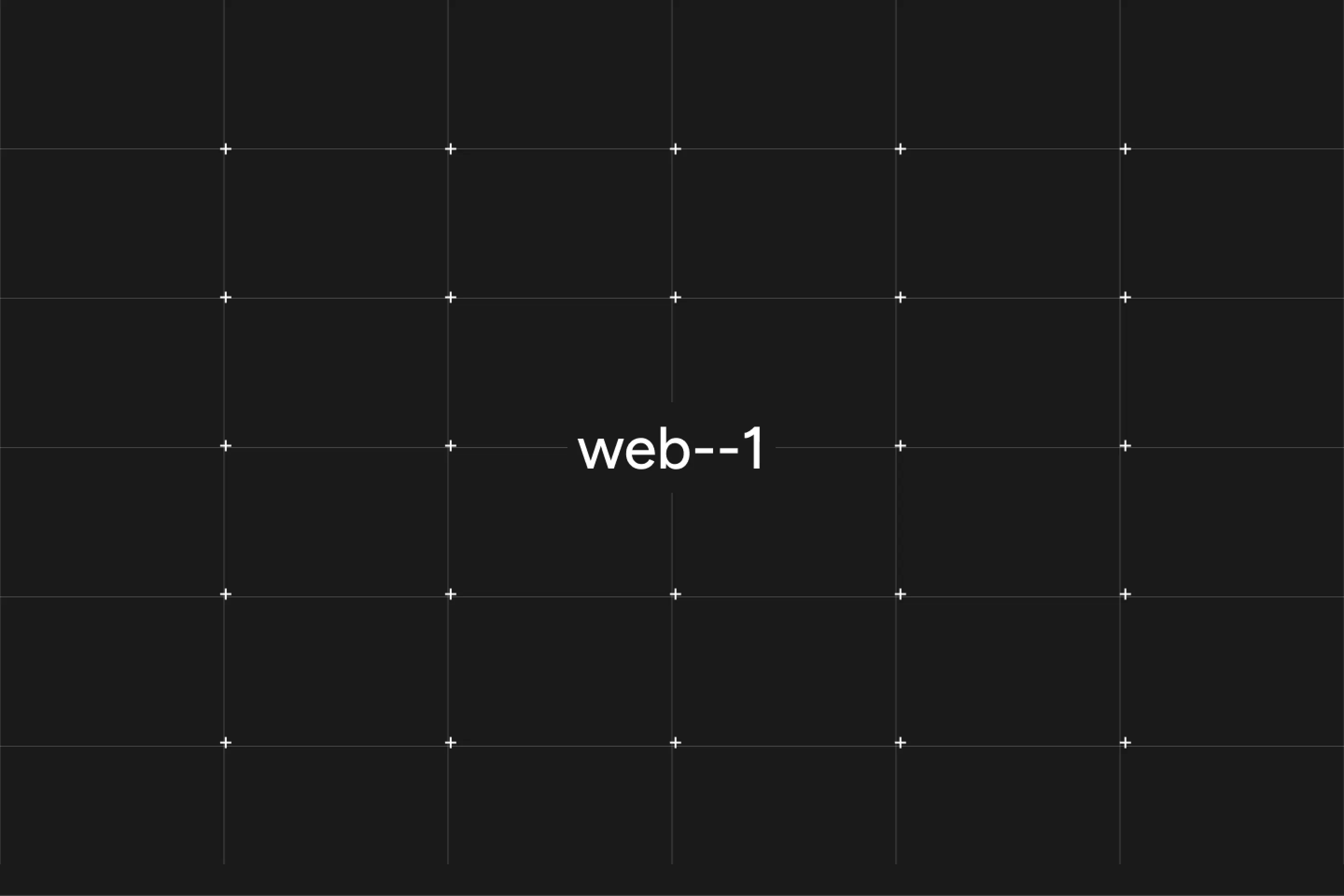
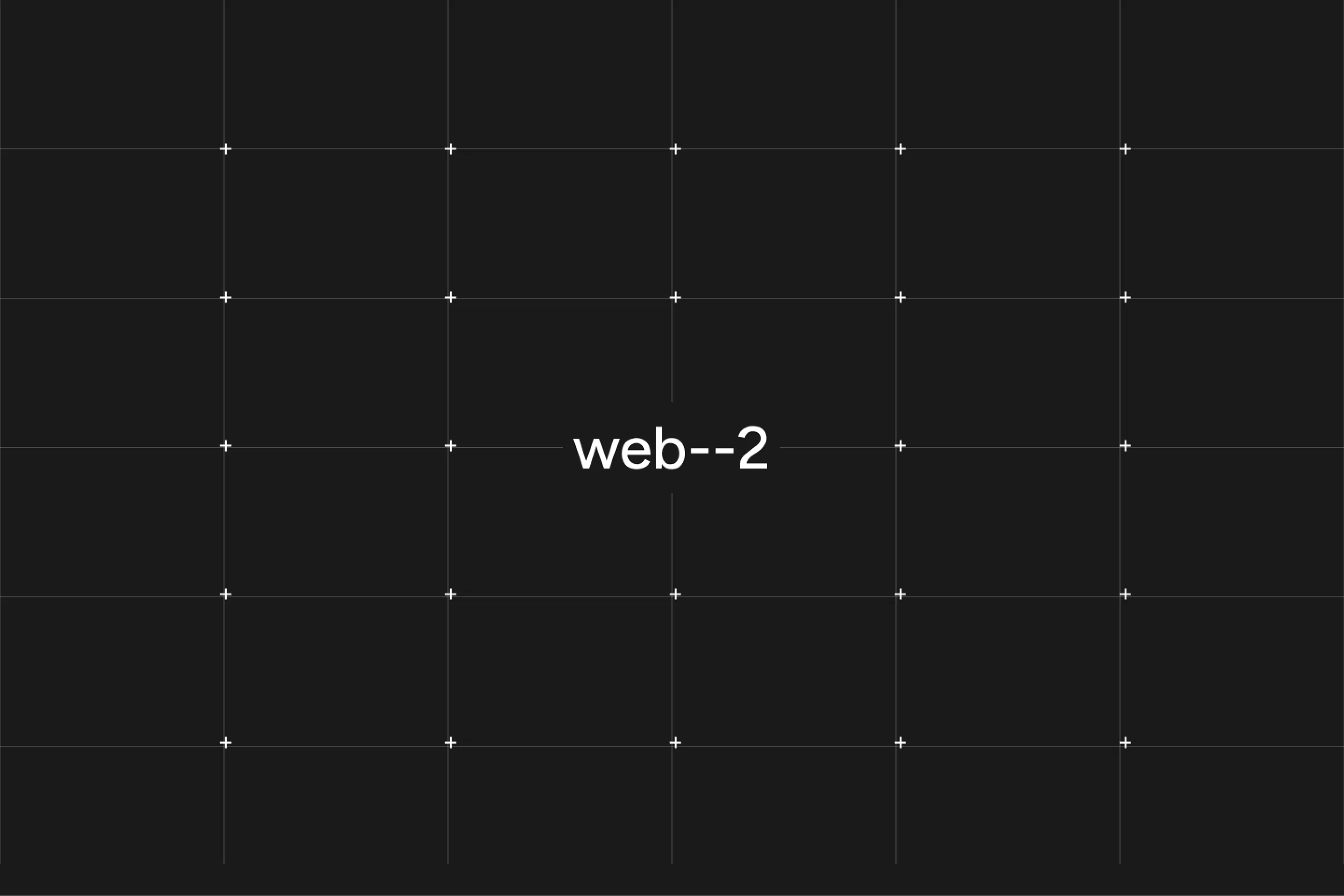
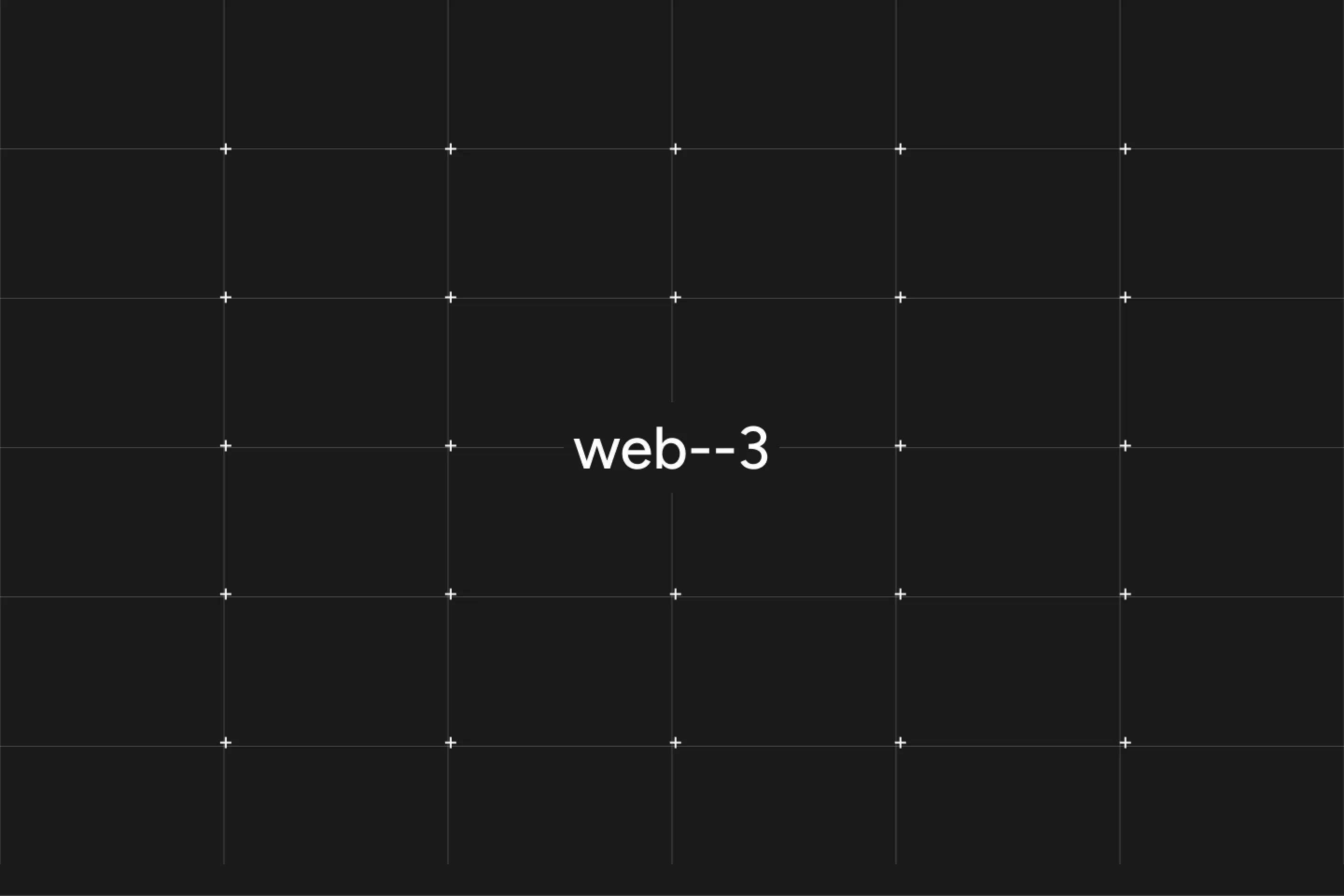
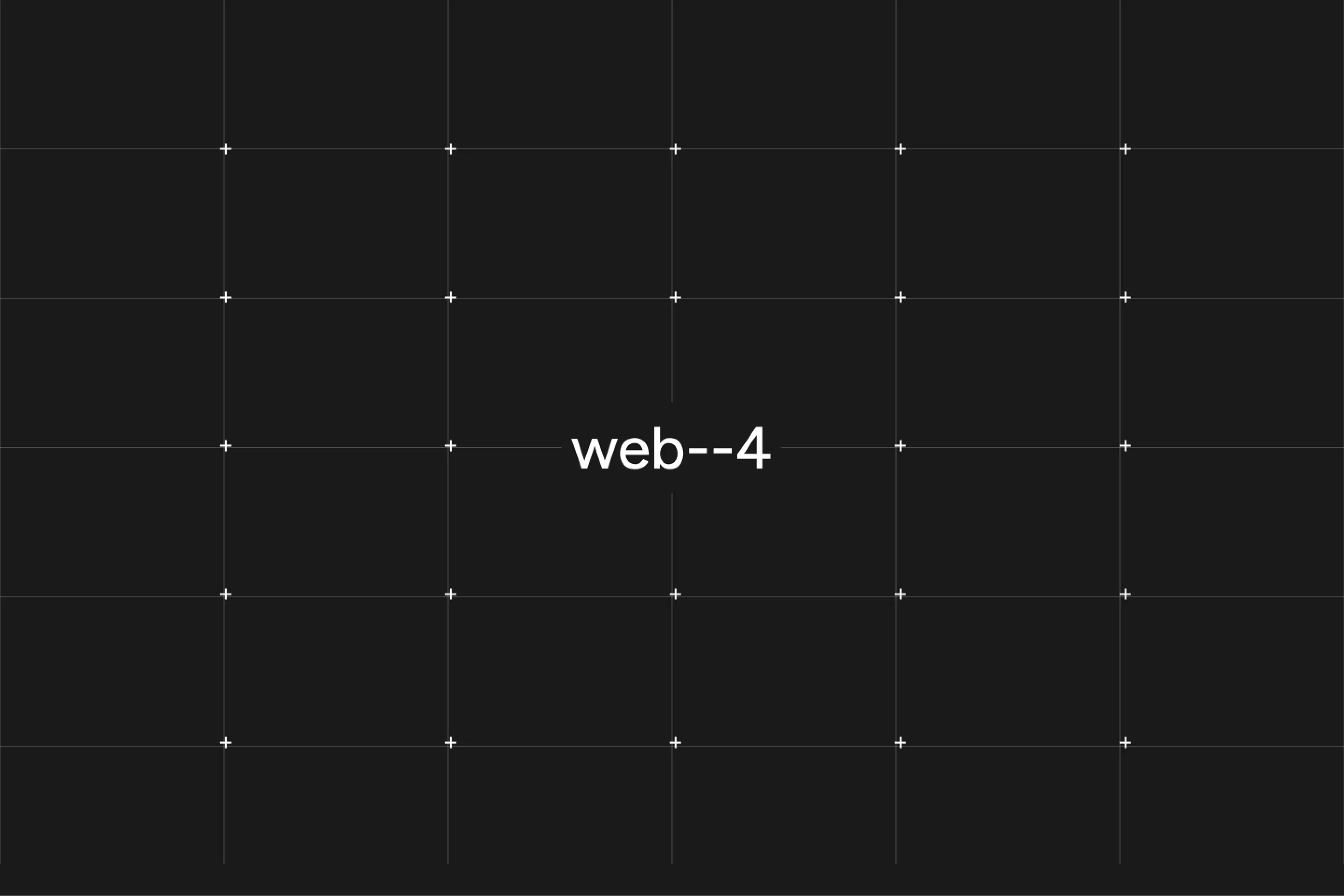

Impact
By centering our strategy on efficiency, user experience, and effective solutions, we achieved a design iteration that surpassed our annual goals.
Takeaway
Advocating for a human-first experience instead of a technology-driven one can be challenging. However, finding ways to present alternate design solutions to persuade one option over another is vital for growing persuasive skills with cross-functional teams.- Partner closely with our scrum master to help influence and shape design as part of our product development lifecycle.
- Reduce jargon by understanding terminology being used and partnering with content strategy to enhance for users.
- Leverage existing UX resources to help educate and influence stakeholders on accessibility and complex patterns like multi-select and bulk edit operations.
- Ease-of-use metrics to measure effectiveness, efficiency, and satisfaction.
- Continue to iterate on detailed design based on user testing insights.
- Partner with architects to create even more component and API integrations to support modular reusability across the firm.
